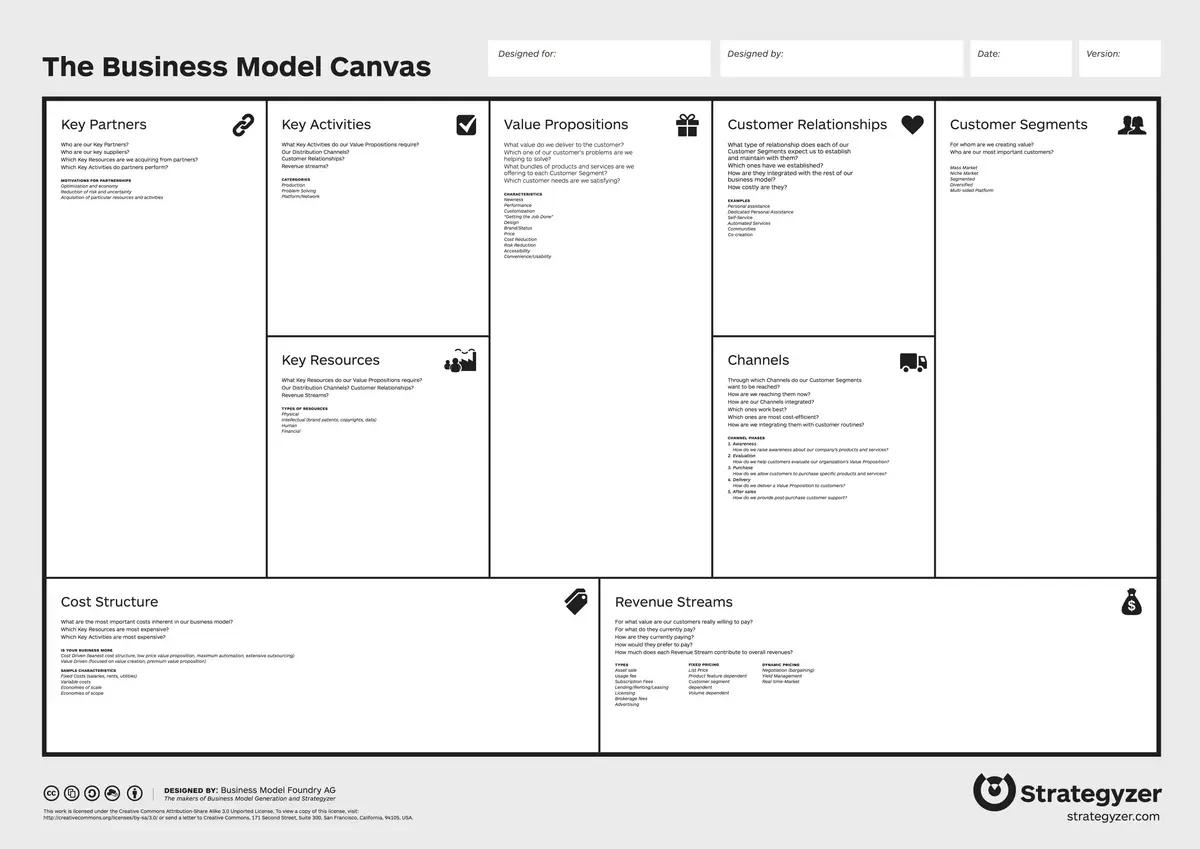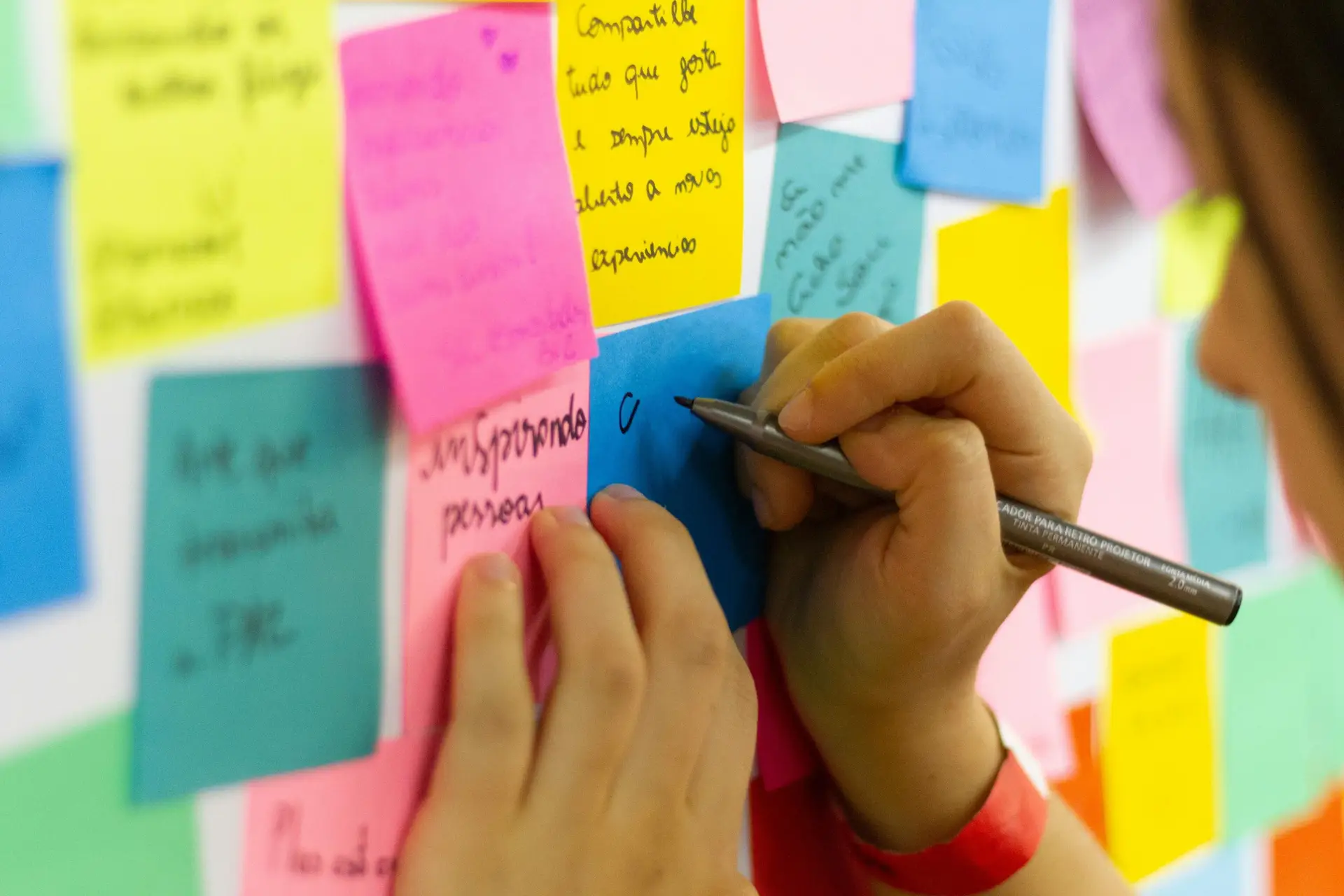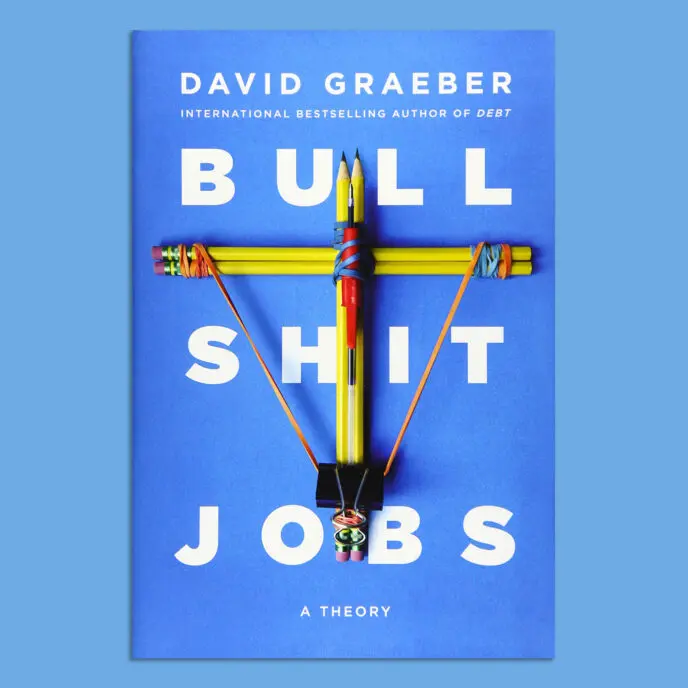
Summary: This article challenges the traditional linear approach to product development, proposing instead a non-linear framework inspired by the way we solve puzzles. By viewing MVPs as a culmination of interconnected proof of concepts rather than a predefined path, product teams can iterate more naturally, leading to faster and more effective MVPs. The Puzzle Piece Framework encourages creativity, adaptation, and dynamic problem-solving, offering a refreshing alternative to conventional methodologies.
The words "path" and "journey" appear 14 and 7 times, respectively, in Tim Reis' The Lean Startup. A cursory glance at Alex Osterwalder's Business Model Generation will provide pages of diagrams showing the neat transition from idea to prototype, prototype to Minimum Viable Product (MVP), and MVP to exit. From day 1, the planes of "time" and "product completeness" are drilled into your head as the way new products get built.
But maybe this framing is wrong.
While digestible, straightforward, and manageable, the implied linearity of the product development process is incomplete. Despite the two-way arrows, rotating circles, and Charlie Day-style crossed strings, these may only be required as a symptom of forcing strictly linear thinking onto an inherently nonlinear process. Perhaps this assumed framing of dual-plane completeness over time, with roots in decades old strategies to optimizing manufacturing plants, invented, adapted, and re-invented in best-selling business books, isn't the whole story on how great products get made?
In this article, I propose how we might understand a product's transformation from idea to Minimum Viable Product (MVP) in a non-linear framing. The methodology, which understands an MVP simply as a summation of work rather than a finite deliverable, challenges product managers to reframe how they build new products, akin to assembling a puzzle, rather than a timeline or path. Through this non-linear approach, many of the artificial boundaries preventing iteration and creative connections are brought down, the creation of MVPs is faster, and ultimately better products, with greater validation, are created for end customers.
The Psychology of a Puzzle
When was the last time you did a jigsaw puzzle? How did you go about it? You may have started with the edges, or organized the pieces by patterns. At some point you may find yourself sifting piece by piece, working on four to five portions at once, trying to figure out if the piece that sits in front of you is a part of a woman's arm, a lamp shade, or a corner of wallpaper. After some time, you may depart from putting together that pencil out of pure frustration to find all the purple pieces, only later to return to the delight of swiftly combining two seemingly disparate images that you'd been staring at the whole time. And finally, after hours of intense searching, piling, pushing, and staring, in front of you sits a completed piece you could only have dreamed of before.

Placing that last piece
How was this accomplished? Now you may have had a plan broadly speaking, but at no point did you limit yourself to say "I can only work on this fire hydrant, and cannot work on the sky until then." In fact, had you taken this approach, it certainly would have slowed you down, if not led you to quitting the puzzle completely. Now limit the order with which you can look and place pieces, and you're likely facing an almost impossible task. This is the pitfall of linearity in action. Yet, so often, founders and product managers will insist new products must follow this pattern.
When we start to think of our MVP more like a puzzle, and less like a journey or path, we unlock a new world of opportunities for how we get there. We are free to jump back and forth between pieces, explore where portions may fit together, and find a natural process for the problem at hand. This process is a non-linear approach in action.
If our natural approach to something as simple as a puzzle is non-linear, shouldn't our approach to products be similar?
Here I propose the Puzzle Piece MVP Framework, which offers a non-linear method for product teams to think about, plan, and understand their path to MVP. Inspired by its eponymous name, the framework uses the components of a jigsaw puzzle (the reference, the pieces, and the image) as synonymous elements to key components of the MVP development process. Product teams then use these elements to assemble their final puzzle, creating MVPs that surprise and delight end users.
Components of the Puzzle Piece Framework

The Reference: The Business Model Canvas
The first thing you'll often look at when starting a puzzle will be the reference, usually a sheet or outside of the box to give you an idea of what the puzzle looks like. Synonymous to this is your business model canvas, a one page sheet that outlines what you think your business will be. It is a set of hypotheses meant to understand what the MVP will be.
The Pieces: Proof of Concepts (PoCs)
Your PoCs should be taken in the broadest sense of the word: any experiment, deliverable, or action that will aid in validating the hypotheses of your business model canvas. In this way, your PoCs quickly become an interconnected set of pieces that can map to one or multiple hypotheses. PoCs can be fit together, set aside, or even discarded, slowly coming together to create a more complete product.


The Puzzle: The Minimum Viable Product (MVP)
As your PoCs begin to fit together, you begin to see glimpses of a finished product, the one you envisioned on the reference when you had started. While the puzzle is its own thing it is, in fact, a stitching together of all the individual efforts of validation that gets you there. This is your MVP.
Benefits of Non-Linear MVP Development
Natural Iteration
Iteration may be one of the most fundamental concepts in the development of anything worthwhile. Innovation authors will often dedicate entire chapters solely to the process of iteration and its importance. Puzzles, and non-linear thinking more generally, naturally incorporate this process. The steps of hypothesis, action, and analysis are no longer required to be deliberate, scheduled events, but instead inherent to completing the MVP.
Additive PoCs
Once an MVP is framed as simply a summation of PoCs, the resulting PoCs become both more applied and less theoretical, but also are more likely to be componentized, combined, and built to last.
Faster and more effective MVPs
This last benefit is simply a symptom of the prior benefits listed above. The coveted "pivot" becomes an everyday activity that is the result of breaking the barriers of linear development. While iteration delivers more effective results, additive PoCs synthesize into the actual development of an MVP, helping product teams to ship out MVPs with less resources and duplicative work.
How to Use the Puzzle Piece Framework
1) Create Your Reference
This is your business model canvas. What your product will do, who it will do it for, and how you'll do it. Along with this, list any other assumptions you may be making about your product and its implementation. I've linked a great article by Strategyzer on how to get started with your own business model canvas.
2) Unbox Your Puzzle Pieces
Start to explore the assumptions of your canvas, and design different experiments to validate these. Creativity and out of the box thinking is a must here, and the widest definition of what a proof of concept can be should be taken here. To get started, I've provided this article that outlines different experiments and a video by Eric Reis introducing different types of MVPs.
3) Organize Your Pieces and Start Your Puzzle
How your puzzle starts to come together is entirely the decision of you and the capabilities of your team. In the same way some may start with edge pieces and others with patterns, follow your intuition on how to prioritize and start working. As referenced earlier, I always recommend the risk assumption matrix when getting started.
4) Revisit and Iterate
At some point, you'll find you may have gotten all you can out of your current approach. You should regularly revisit step 3 in your innovation process, jumping between PoC actions that make the most sense to you and your team.
Pitfalls and Mitigations
Option Overload and Prioritization
One of the key benefits of linear product development is it allows one to neatly follow a "recipe" for an effective MVP. The unfortunate truth is these recipes rarely align with the reality of how good products get built. While the Puzzle Piece Framework does not offer a step-by-step guide on what to do when, just like how we approach puzzles, it gives you the components to begin to build an effective plan for your product. In the same way everyone has their own strategy for starting a puzzle, you have to find your own approach to building an MVP.
The business model canvas; however, does provide a way to get started, to temporarily narrow the frame, and get the ball rolling. On the other hand, you may find yourself overwhelmed with the opportunities for PoCs to pursue. I always recommend the risk assumption matrix for this case, which will allow you to map the significance of your hypotheses directly to your proposed PoCs.
Planning and Resourcing
While the Puzzle Piece Framework is effective at delivering the what, the who, and the why, its limited in its ability to understand the when and the how. The framework should be used hand in hand with existing innovation and product management tools such as agile and product roadmaps to answer these questions.
Building the wrong puzzle
Unlike a normal jigsaw puzzle, the MVP puzzle comes with a set of extra challenges that go beyond the analogy. Rarely do we find that half way through our puzzle, the reference image changes dramatically, nor are many of us creating puzzle pieces ourselves. Adaptation through iteration, paired with self-awareness, external-auditing and honesty are the only true defense against this.
Final Thoughts
The allure to boil down the product development process to a series of steps, tricks, and tools, that, when placed in the exact right order, solves most if not all business problems, should not be lost on us. In fact, when used in the right contexts, this approach allows us to win investors, stakeholders, and teammates by showing there is a way to get to that "North Star."
At the same time, very few problems are actually solved so simply.
Today, in a world where we face some of humanity's greatest existential challenges, innovative products that solve real problems will have to be a part of the solution. We will increasingly have to step further outside the box, rapidly adapting and iterating, building and re-building, as we enter further into unknown territory. The predictable linearity of our current tools will begin to make less and less sense, as the false barriers they create will only increasingly hinder our outcomes. The Puzzle Piece Framework is an antidote for product development, meant to better align with the way we, as people, truly create.



